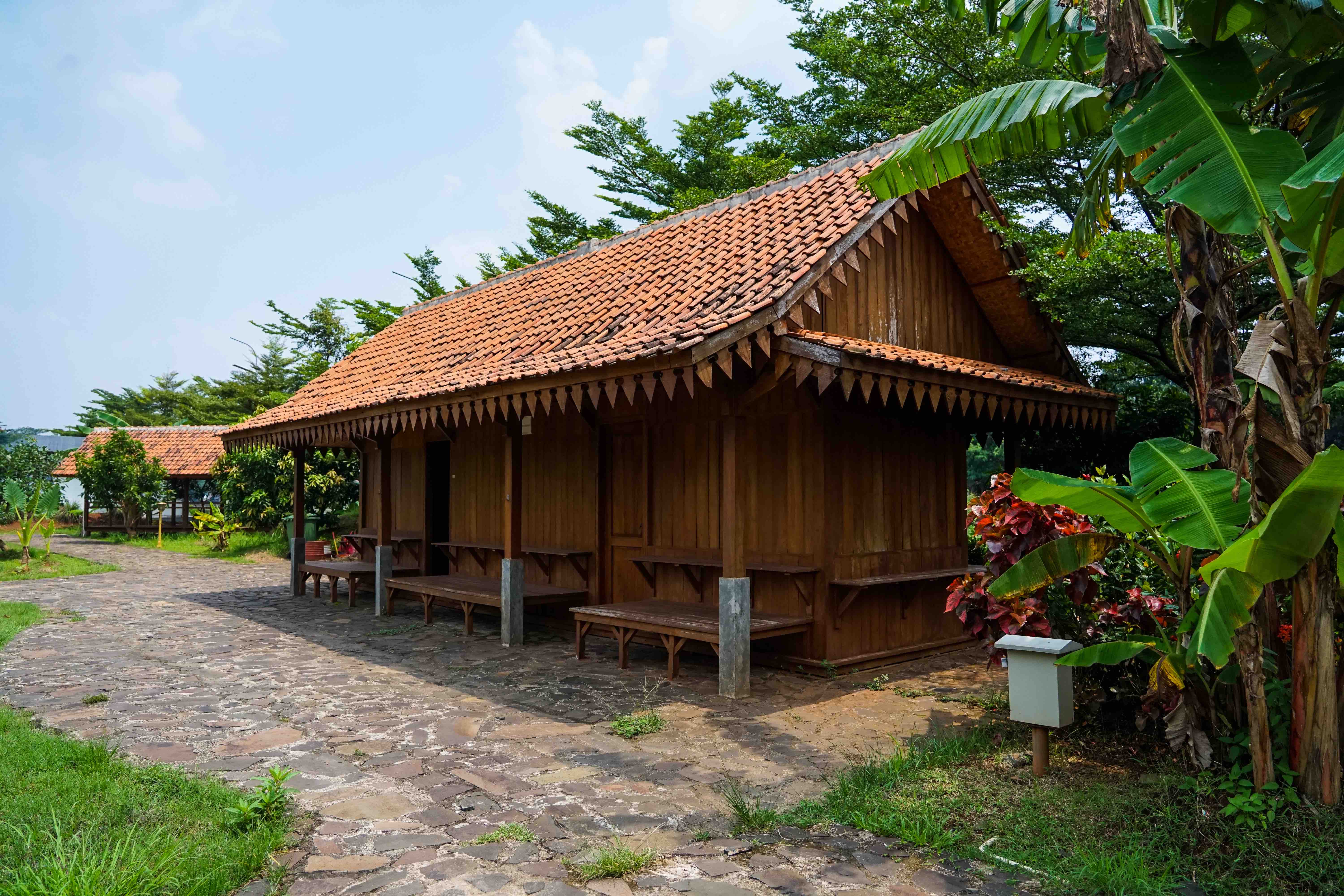- On 03 Aug 2022
Recognizing Betawi Stilt House (Rumah Panggung)

The stilt house is a traditional Betawi house whose floor is raised from the ground using wooden poles. This house is different from a land house attached to the bottom. Based on the book Betawi Cultural Congress published by the DKI Jakarta Tourism and Culture Office (2011), it is explained that Betawi stilt houses were built in coastal areas to tackle floods or high tides. Meanwhile, houses on stilts on the banks of rivers, such as those in Bekasi, are not only built to avoid flooding but also to be safe from wild animals.
Betawi stilt houses are unique in terms of detail and terminology. One is the stairs in front of a Betawi stilt house called balaksuji. Balaksuji is believed to be able to resist reinforcements; before entering the home through balaksuji, one must first wash his feet as a symbol of self-purification.
The materials for building Betawi stilt houses are taken from trees that grow in the surrounding area, which are processed into wood. Such as sapodilla wood, jackfruit wood, bamboo, harp wood, cempaka wood, juk, and thatch. Other woods, such as teak, can also be used to make poles. Betawi people believe that various taboos and rules need to be followed in building houses to avoid calamities. For example, the place that was created should be to the left of the house of parents or in-laws. There is also a prohibition on making roofs from materials containing soil elements. Betawi stilt houses themselves have been influenced by various cultures, from Javanese, Sundanese, and Malay, to Chinese, Arabic, and Dutch.










